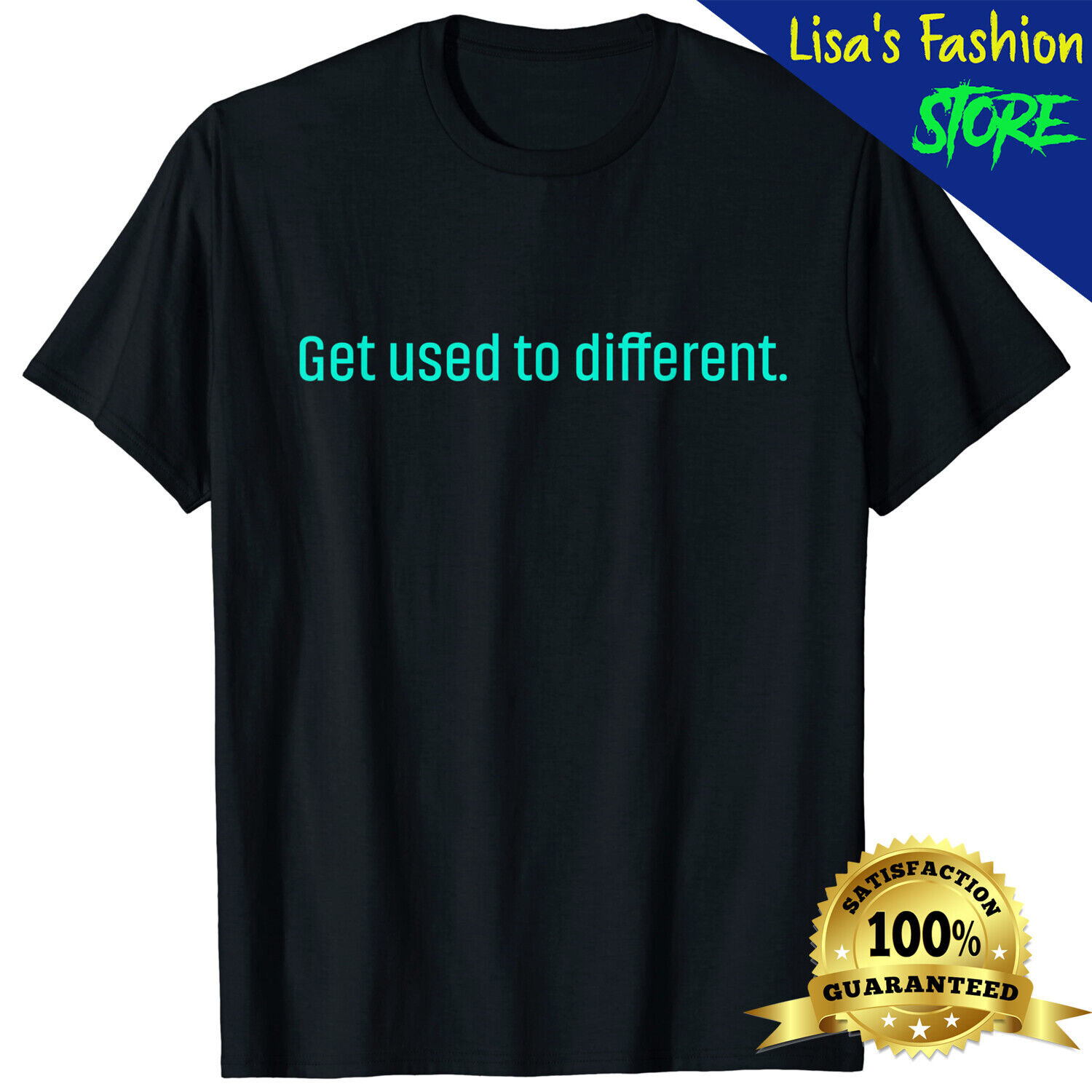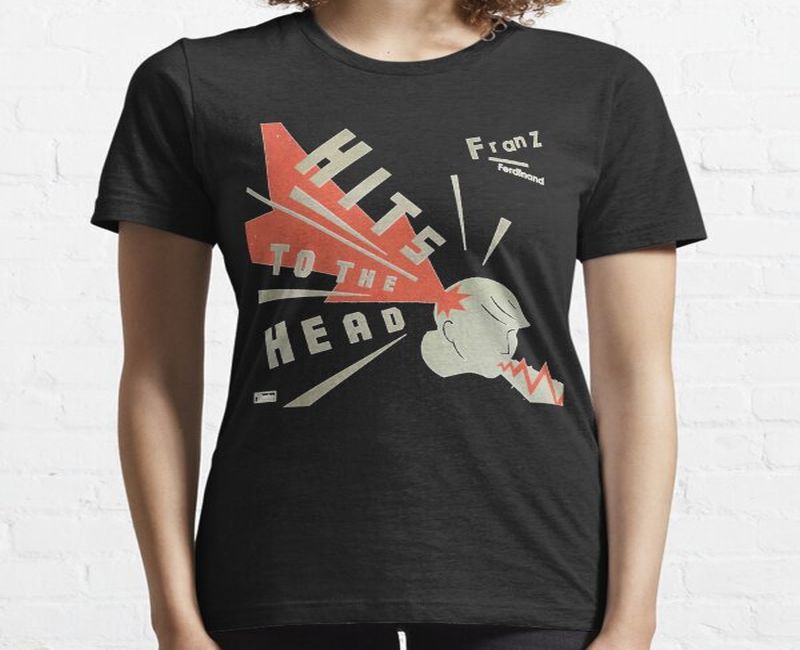In today’s consumer-driven society, the demand for authenticity has never been higher. From social media influencers to celebrity endorsements, people are constantly searching for products and experiences that are genuine and real. This growing desire for authenticity has extended to the world of merchandise, particularly in the realm of used official merchandise.
But what exactly is “authentic” when it comes to used official merchandise? To define this term, we must first understand its origins and how it differs from other forms of merchandising.
Authenticity in merchandise can be traced back to the music industry, where fans have long coveted limited edition tour merch or rare concert tees. As this trend gained popularity among music lovers, other industries soon caught on and began selling their own versions of used official merchandise.
But what sets this type of merchandise apart from regular retail items? The answer lies in its history. Used official merchandise is not mass-produced like traditional retail goods; instead, each item holds a special story or memory that makes it unique and desirable.
One significant factor contributing to the appeal of used official merchandise is nostalgia. For example, a shirt worn by a famous artist on stage during their sold-out show can evoke powerful emotions in fans who attended that concert or were unable to get tickets. These tangible connections between artists and their fanbase create a sense of belonging and validation among consumers.
Moreover, unlike brand-new products that have yet to prove their worthiness in terms of quality or durability, The Used Official Merch test of time. Fans know they are getting something with proven value when purchasing these items – whether it’s an album signed by their favorite band member or a jersey worn by an athlete during an important game.
Another crucial aspect defining authenticity for used official merch is exclusivity. Unlike regular retail goods produced en masse for profit maximization purposes alone, these items hold significance beyond monetary value due to their scarcity. This scarcity creates competition among fans, making them willing to pay higher prices for the chance to own a piece of history.
However, with the rise of online marketplaces and social media platforms, there has been an influx of illegal or fake merchandise claiming to be “authentic” used official goods. This has caused debates within the merchandise industry on how to maintain genuine authenticity while still meeting consumer demand.
As a result, many artists and organizations have taken steps to ensure the authenticity of their products by using holographic stickers/signatures or incorporating authorized reseller programs. This not only helps protect both the brand and consumers from fraudulent products but also adds value and legitimacy to official used merchandise.
In conclusion, authentic used official merchandise is more than just physical goods; it encompasses emotions, memories, exclusivity, and legitimacy. It caters to today’s consumers’ desire for connection and experiences rather than just material possessions in an increasingly homogenized world. With proper measures in place to maintain its authenticity, this type of merch will continue to hold a special place in fans’ hearts for years to come.




